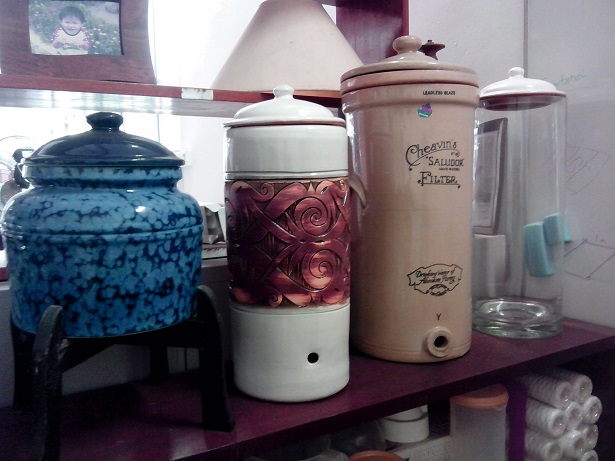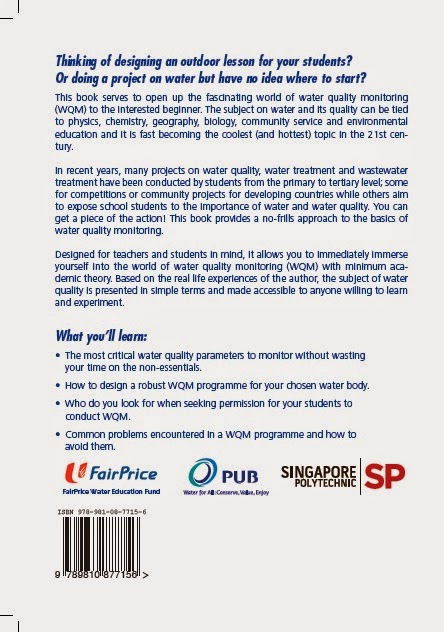Here is an extract of the original questions of which I have yet to answer.
- What are the health dangers of delayed filter replacements? For one, you'd previously advised me about silver leaching even more from an old filter.
- Based on the (considerably low) fluoridation levels in Singapore's water, is it possible to actually calculate a suitable replacement period for my Fluoride pre-filter cartridge? This is assuming that I may replace it at longer intervals compared to my ceramic candle, instead of replacing both at the same time. I'm presuming here that the ceramic candle will need to be replaced earlier - but do enlighten me if this is likely to be so.
- Is it a good idea to store up replacement cartridges (be it Fluoride pre-filter or ceramic) for a year or two before use? Not sure if the material and elements will degenerate/degrade slowly.
Dangers of delayed filter replacement
- I wouldn't be too worried about the silver leaching out. Even if it does, its concentration is likely to be very low in your drinking water.
- I would be more concerned about the filter not doing its job properly and allowing the contaminants that you want to remove to straight through into your drinking water. In this case, you may as well not install a water filter.
Worst case. If your filter is mechanically broken after too long a usage e.g. cracked, the raw water will go straight through with no filtration regardless of whether your filter media are still effective. - Another possibility. Though filters impregnated with silver are supposed to resist bacterial growth, this is never a guarantee. If your filter element has accumulated so much debris after years (gasp!) of continuous usage without cleaning, expect germs to grow on the debris. Just hope that they don't go into your filtered water and if they do, they are harmless to health.
Calculation of a replacement period
- If you want an accurate calculation, you will need detailed experimental data for the filter e.g. equilibrium curves, breakthrough curves AND data of your own water usage and tap water quality. Since filter suppliers and PUB never give out such data and neither of us has the resources to conduct such tests of our own, accurate calculation is out.
- A rough calculation is still possible. BUT remember the assumptions filter manufacturers make in my previous post? You at least need those, especially the water quality the filter is designed for.
If you managed to get those information, do let me know and I can do a calculation for you. A caveat though, a rough calculation like this works on certain assumptions (yes, this word again) so treat it as an estimate and don't bet your life on it.
Storage of replacement filter elements
- Unused filter elements from reputable suppliers should have no problems being kept in storage for a year or 2.
- Just ensure that the storage space is clean, cool and dry to minimise chemical/mechanical degradation and biological growth.
 |
| Figure: Big Berkey replacement filter elements |







